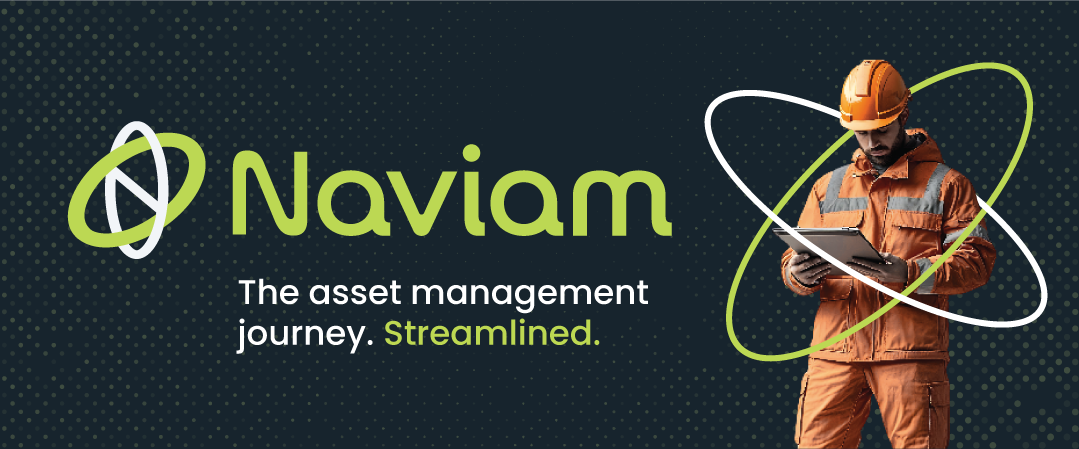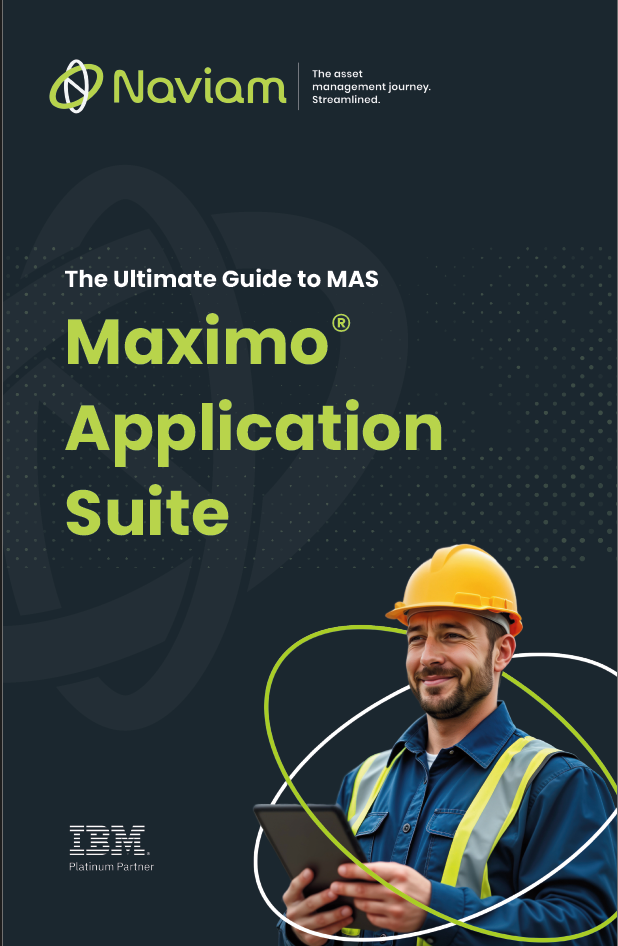
Resources
IBM TechXChange - IBM watsonx Orchestrate
Japhia Loo
August 25, 2025


A few years ago, most enterprise AI tools were designed to assist users through rigid, rule-based flows. Their purpose was clear but limited: help users retrieve information or complete predefined tasks. However, the rapid evolution of large language models (LLMs) and orchestration frameworks has shifted the enterprise AI paradigm from reactive assistance to autonomous execution.
At the IBM TechXchange event earlier this year, we had the opportunity to explore this transition firsthand – particularly through Watsonx Orchestrate, IBM’s agentic platform engineered to move beyond static assistants toward intelligent agents that can reason, act, and adapt on behalf of users.
Let's start with the simple but powerful framework that describes the evolution of enterprise AI:
Watsonx Orchestrate is firmly rooted in that third category. Built on natural language processing, tool integrations, and AI-driven planning, it allows users to delegate tasks end-to-end – moving from intention to execution with minimal manual intervention.
One of the most important clarifications made is the distinction between assistants and agents:
True agents operate through a Plan -> Execute -> Reflect loop. They are not merely reactive – they are self-directed, iterative, and capable of collaboration with both humans and other agents.
A key challenge in today’s enterprise AI environment is fragmentation. Organizations often deploy multiple copilots - one for code, another for documents, another for service tickets - but these systems typically operate in isolation. The result is disconnected workflows, duplicated efforts, and underutilized automation potential.
Watsonx Orchestrate addresses this by acting as a central orchestration layer. It integrates people, tools, APIs, and AI Agents into a unified systems capable of managing more complex, end-to-end tasks.
What’s more, it is built for flexibility. Organizations can:
Whether you’re a low-code builder or a seasoned developer, the platform is designed to meet teams where they are – and scale as needs evolve.
TechXChange attendees also had the opportunity to try Orchestrate firsthand and hear from “Client Zero”—IBM’s internal HR and IT teams — who offered a candid look at how agentic automation has transformed their own workflows. IBM shared several impactful use cases demonstrating how Watsonx Orchestrate is already delivering results.
Internally, IBM uses Orchestrate to support functions like employee service management. They have created an AskHR assistant that now autonomously resolves a significant share of employee inquiries – streamlining common tasks, improving response quality, and freeing HR professionals to focus on higher-value work.
In the UK, IBM’s Client Engineering team worked with the National Health Service (NHS) to automate the screening of patient waitlists. By using generative AI to summarize thousands of patient referral letters, the team was able to reduce the manual workload significantly and accelerated decision-making – a critical advantage in healthcare contexts.
These aren’t marginal improvements. IBM reported:
One term IBM cautioned attendees about was “agent-washing” – a growing trend in which vendors label basic AI products as “agents” without meeting the criteria. Not every system that returns intelligent responses qualifies.
According to IBM, a true AI agent should be:
The rigor matters, especially for enterprise buyers evaluating the maturity and capability of AI solutions.
Another key distinction explored was the difference between single-agent and multi-agent systems – an area where IBM believes Watsonx Orchestrate sets itself apart from many other enterprise offerings
IBM emphasized that many “agentic” products on the market today are, in fact, single-agent wrappers – essentially LLM-based assistants with task automation layered on top. Watsonx Orchestrate, by contrast, is built for multi-agent orchestration from the ground up.
This architectural choice enables several advantages:
This kind of distributed collaboration – between agents, tools, and humans – marks a significant evolution in how entire AI systems are architected and deployed.
By 2028, IBM predicts that one-third of all GenAI interactions will be fully autonomous, requiring no human-in-the-loop (HITL). That vision is rapidly approaching reality.
However, IBM emphasized that human oversight remains critical. While the goal is autonomy, Orchestrate supports HITL configurations to ensure trust, auditability, and responsible execution—especially in high-risk or compliance-heavy contexts.
The key takeaway from this session was this: the future of enterprise AI isn’t limited to assistants helping humans. It’s about agents collaborating with each other, with humans providing oversight – not micromanaging every step.
For organizations exploring how to navigate this shift, watsonx Orchestrate offers a pragmatic yet ambitious platform. And for those who want a deeper technical understanding of what makes these systems tick, we recommend reading our previous blog “What Can AI Do?” – a foundational look at the architecture and promise of agentic AI.
Together, these tools and insights represent more than an incremental change – they signal the next era of enterprise automation.
Discover everything you need to know to modernize your asset management strategy.
Inside, you’ll learn:


ActiveG, BPD Zenith, EAM Swiss, InterPro Solutions, Lexco, Peacock Engineering, Projetech, Sharptree, and ZNAPZ have united under one brand: Naviam.
You’ll be redirected to the most relevant page at Naviam.io in a few seconds — or you can
go now.